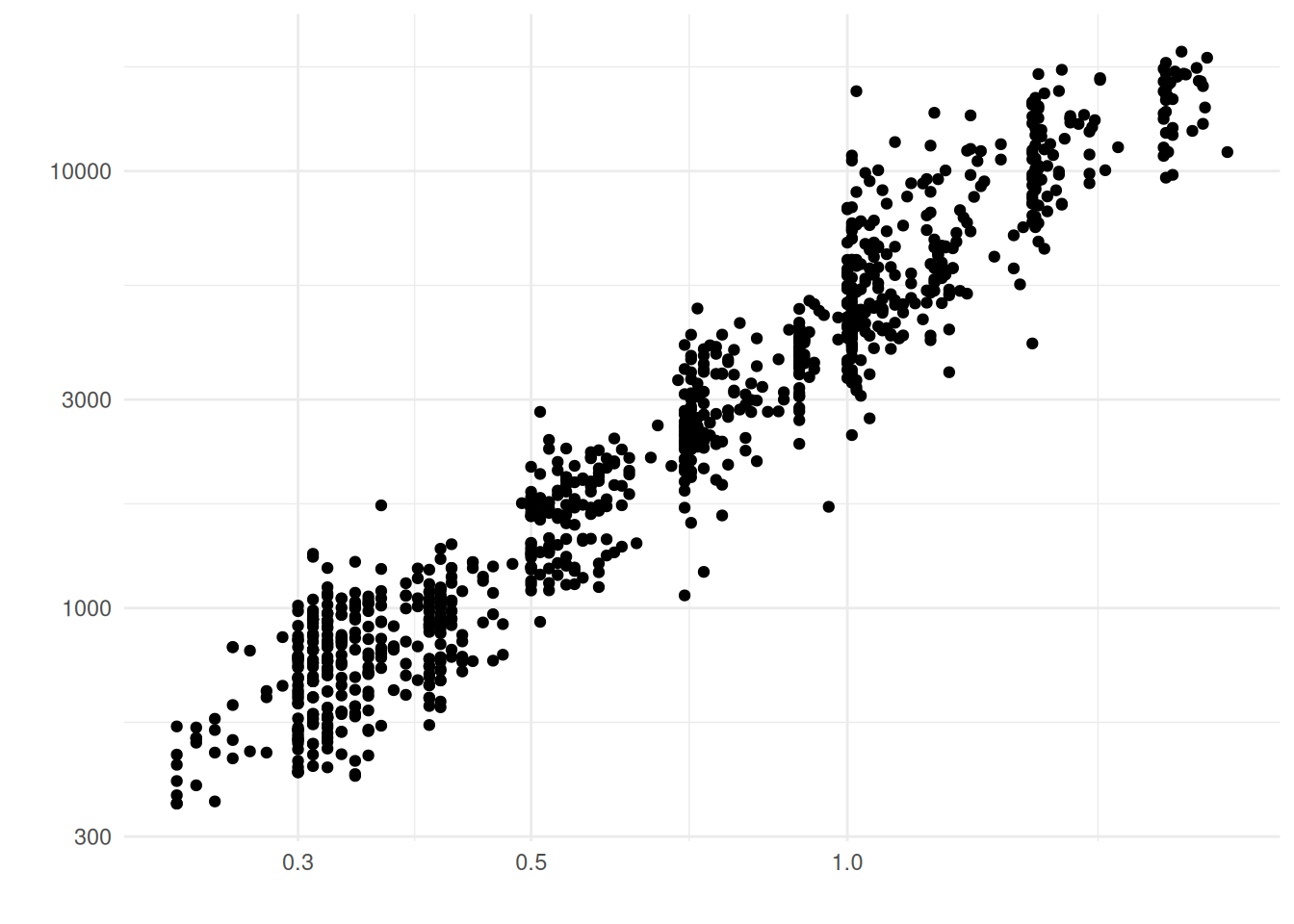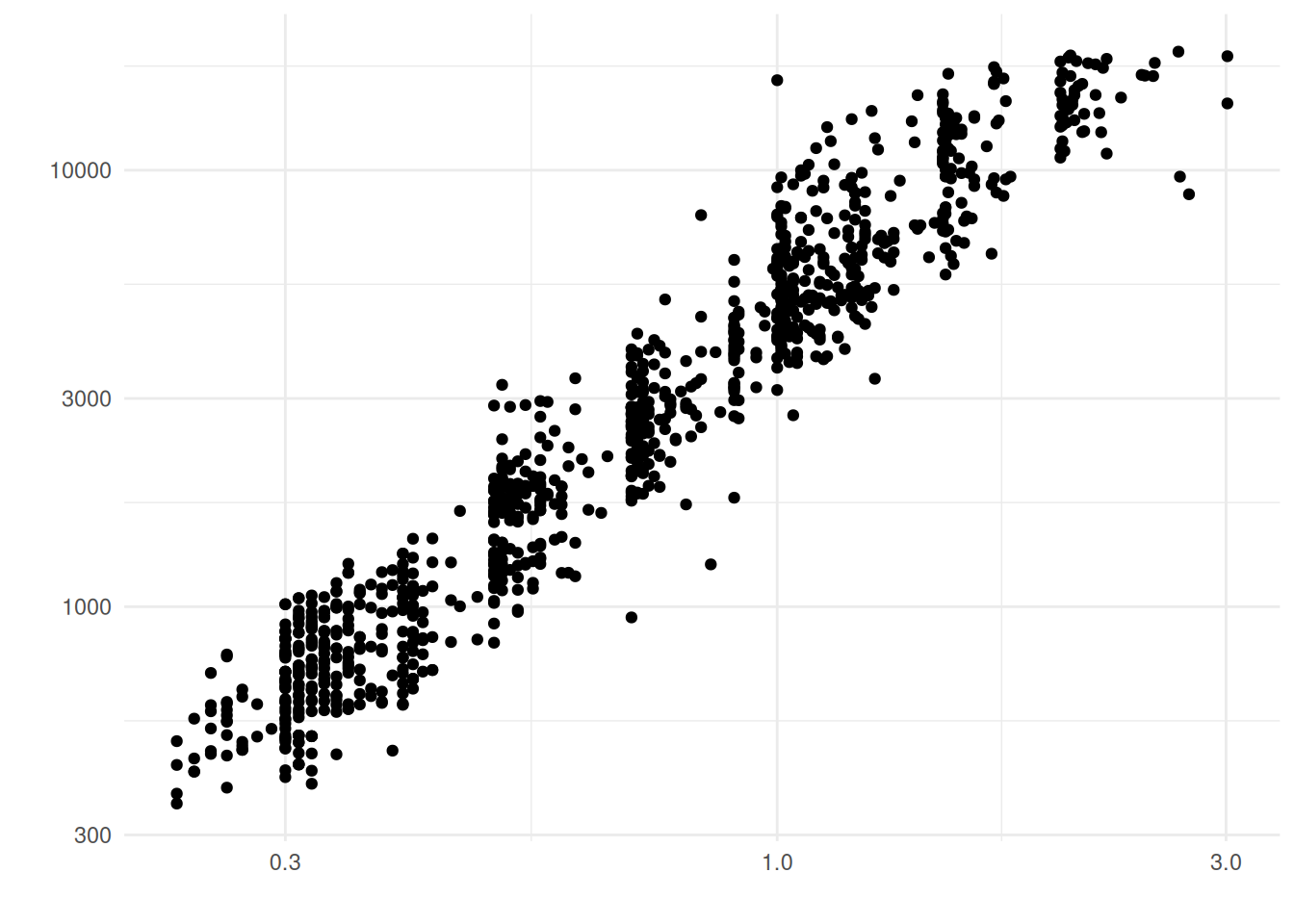15 Communication: Active and Constructive Responding
Purpose: We’re going to spend a lot of time in this class discussing datasets. To help prepare ourselves for productive discussions, we’re going to use some ideas from positive psychology to help make our discussions more pleasant and productive.
Reading: GoStrengths: What is Active and Constructive Responding?
Reading Time: ~ 10 minutes
## ── Attaching core tidyverse packages ──────────────────────── tidyverse 2.0.0 ──
## ✔ dplyr 1.1.4 ✔ readr 2.1.5
## ✔ forcats 1.0.0 ✔ stringr 1.5.1
## ✔ ggplot2 3.5.2 ✔ tibble 3.2.1
## ✔ lubridate 1.9.4 ✔ tidyr 1.3.1
## ✔ purrr 1.0.4
## ── Conflicts ────────────────────────────────────────── tidyverse_conflicts() ──
## ✖ dplyr::filter() masks stats::filter()
## ✖ dplyr::lag() masks stats::lag()
## ℹ Use the conflicted package (<http://conflicted.r-lib.org/>) to force all conflicts to become errors15.1 Review: Active and Constructive Responding (ACR)
The reading introduces the idea of active and constructive responding (ACR) to good news. The following table summarizes the four primary ways of responding to someone when presented with good news:
| Active | Passive | |
|---|---|---|
| Constructive | Good! | Bad |
| Destructive | Bad | Danger zone! |
We’ll call this the active-passive-constructive-destructive (APCD) framework.
For example, if your friend tells you “Hey, I just got an A on my exam!”, you could respond in a number of different ways:
- “That’s terrific! I remember you were studying really hard. What do you want to do to celebrate?” (Active and Constructive)
- This is active in the sense that it responds to and builds upon the substance of your friend’s statement.
- This is constructive in that it conveys positive emotion.
- (This is the best way you can respond to good news [1]!)
- “Oh that’s cool, I guess.” (Passive and Constructive)
- This is constructive in that it conveys positive emotion.
- However this is passive in that it does not actively engage with your friend’s statement.
- “But the professor was grading on a curve! Gah, that means I probably didn’t get an A.” (Active and Destructive)
- This is active in the sense that it responds to and builds upon the substance of your friend’s statement.
- However this is destructive in that it conveys a negative reaction to your friend’s statement.
- “Dude whatever. I got an internship!” Passive and Destructive:
- However this is passive in that it does not actively engage with your friend’s statement.
- This is also destructive in that it implicitly conveys a negative reaction by ignoring the substance of your friend’s statement.
- (This is the worst way you can respond to good news!)
Active and constructive responding (ACR) has been shown to be associated with more positive interpersonal relationships [1]. If you want want to have better platonic or romantic relationships, you sould practice ACR!
15.2 Having Productive Discussions
What does ACR have to do with data science? Imagine you’re in a meeting with some data science colleagues, and the presenter shows the following graph.
## NOTE: No need to edit; just run and inspect
diamonds %>%
slice_sample(n = 1000) %>%
ggplot(aes(carat, price)) +
geom_point() +
scale_x_log10() +
scale_y_log10() +
theme_minimal() +
labs(x = "", y = "")
Let’s use the active-passive-constructive-destructive (APCD) response framework above to analyze some discussion scenarios. Imagine the following scenario:
Presenter: “Clearly, we can see a positive correlation between price and carat.”
Colleague: “Um, what are the axes here?”
Presenter: “Obviously the graph shows price vs carat. On the next slide…”
Here the bolded response is actively engaging with your colleague’s question, but is doing so in a very destructive way. It’s likely your colleague feels hurt, and is less likely now to speak up in meetings. That’s a bad thing!
15.2.1 q1 Identify the nature of the bolded line below, rating it as either active vs passive and constructive vs destructive.
Presenter: “Clearly, we can see a positive correlation between price and carat.”
Colleague: “Um, what are the axes here?”
Presenter: “Woah good catch there, they’re unlabeled. The vertical shows price, and the horizontal shows carat.”
Observations:
- This response is active as it directly engages with the colleague’s question.
- This response is constructive as it validates the colleague’s question before providing an answer.
15.2.2 q2 Identify the nature of the bolded line below, rating it as either active vs passive and constructive vs destructive.
Presenter: “Clearly, we can see a positive correlation between price and carat.”
Colleague: “Um, what are the axes here?”
Presenter: “Woah good catch there, they’re unlabeled. Moving on….”
Observations:
- This response is passive as it does not actually engage with the colleague’s question.
- This response is constructive as it validates the colleague’s question, even though it does not provide an answer.
Intermediate Conclusion: We can quite naturally think of discussion responses in the APCD framework. Therefore, we should try to give active and constructive responses in data discussions!
15.3 Active and Constructive Questions
With a bit of imagination, we can apply the APCD framework to questions as well. Let’s keep looking at the same graph.
## NOTE: No need to edit; just run and inspect
diamonds %>%
slice_sample(n = 1000) %>%
ggplot(aes(carat, price)) +
geom_point() +
scale_x_log10() +
scale_y_log10() +
theme_minimal() +
labs(x = "", y = "")
Imagine the following scenario:
Presenter: “Clearly, we can see a positive correlation between price and carat.”
Colleague: “Percival, why are you so terrible at making graphs?”
Presenter: “…”
Here the bolded question is passively engaging with the presenter’s content (it’s not referring to any issues in the graph, but rather making an ad hominem attack of the presenter) and destructively making a value judgment on the presenter. This is a truly horrendous way to ask a question.
Let’s look at a far more effective way to ask a question:
Presenter: “Clearly, we can see a positive correlation between price and carat.”
Colleague: “Percival, this is an interesting finding but I’m confused by this graph—what do the axes represent?”
Presenter: “Oh, the labels are missing! The vertical shows price, and the horizontal shows carat.”
Here the bolded question is actively engaging with the presenter’s content (the colleague makes it clear what the problem with the graph is) and constructively validates the presenter’s findings. This is far more effective than the question posed above.
As a bonus, this question also illustrates another tip: Making “I” statements. To see the difference, let’s look at a subtly-different version of the same question:
Presenter: “Clearly, we can see a positive correlation between price and carat.”
Colleague: “Percival, this is an interesting finding but your graph is very confusing—what do the axes represent?”
Presenter: “Oh, the labels are missing! The vertical shows price, and the horizontal shows carat.”
In this second version the colleague is making a value-judgment about the graph itself; in the first version the colleague is making a statement about their own subjective experience. The second version is debatable (the presenter may think the graph is clear), but only a jerk would disagree with a person’s subjective experience.
Let’s practice once more!
15.3.1 q3 Identify the nature of the bolded line below, rating it as either active vs passive and constructive vs destructive.
Presenter: “Clearly, we can see a positive correlation between price and carat.”
Colleague: “What is your opinion on the morality of aesthetic diamonds?”
Presenter: “Umm….”
Observations:
- This response is passive as is a clear departure from the topic the presenter is trying to discuss.
- Honestly I find it difficult to rate this as constructive or destructive. This comment breaks the framework!